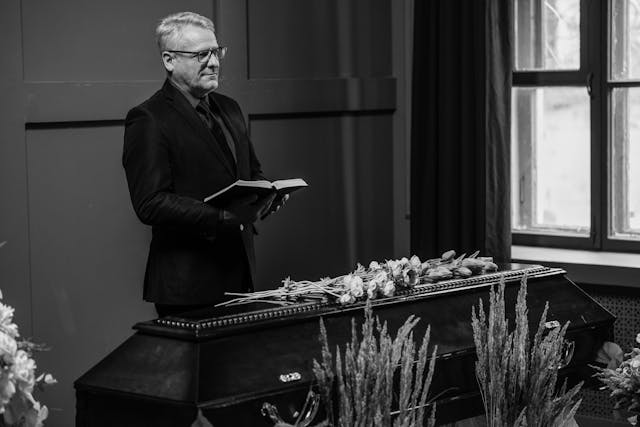Cremation, an increasingly popular choice for end-of-life arrangements, offers a dignified and meaningful way to honour the departed while providing comfort and closure to loved ones. This article aims to guide individuals through the process of organizing a cremation, offering insights into the various steps involved and considerations to keep in mind during this sensitive time.The decision to opt for cremation is a deeply personal one and may be influenced by cultural, religious, or practical considerations. For many families, cremation provides a more flexible and affordable alternative to traditional burial, allowing for greater flexibility in memorialization options and the handling of cremated remains.
The first step in organizing a cremation is to engage the services of a reputable funeral home or crematorium. These professionals play a crucial role in facilitating the cremation strathfield process, from assisting with paperwork and legal requirements to coordinating logistics and providing emotional support to grieving families.Once a funeral home or crematorium has been selected, the next step is to make arrangements for the cremation service. This may involve choosing a suitable date and time for the cremation, selecting any additional services or rituals to be included, and making arrangements for the disposition of cremated remains.

One of the key decisions to be made when organizing a cremation is whether to hold a funeral or memorial service before or after the cremation takes place. A pre-cremation service allows for the opportunity for family and friends to gather, pay their respects, and say goodbye to the deceased, while a post-cremation service may offer more flexibility in terms of timing and location.For those who wish to personalize the cremation service, there are a variety of options available to create a meaningful and memorable tribute to the departed. This may include incorporating religious or cultural customs, selecting music, readings, or poems that hold special significance, and arranging for the display of photographs, mementos, or other personal items.

Another important consideration when organizing a cremation is the handling of cremated remains. Families may choose to keep the ashes in an urn for display or interment, scatter them in a meaningful location, or divide them among family members for safekeeping. Some families may also opt to create keepsake jewellery or other memorial items using a portion of the ashes.In addition to making arrangements for the cremation service itself, families may need to address various administrative tasks and legal requirements associated with the death of a loved one. This may include obtaining a death certificate, notifying relevant government agencies, banks, and insurance companies, and settling the deceased’s estate.
Throughout the process of organizing a cremation, it is essential for families to prioritize self-care and emotional well-being. Grieving the loss of a loved one can be an overwhelming experience, and it is important to seek support from friends, family, or professional counsellors as needed. Additionally, taking the time to honour and celebrate the life of the departed can provide comfort and solace during this difficult time.





